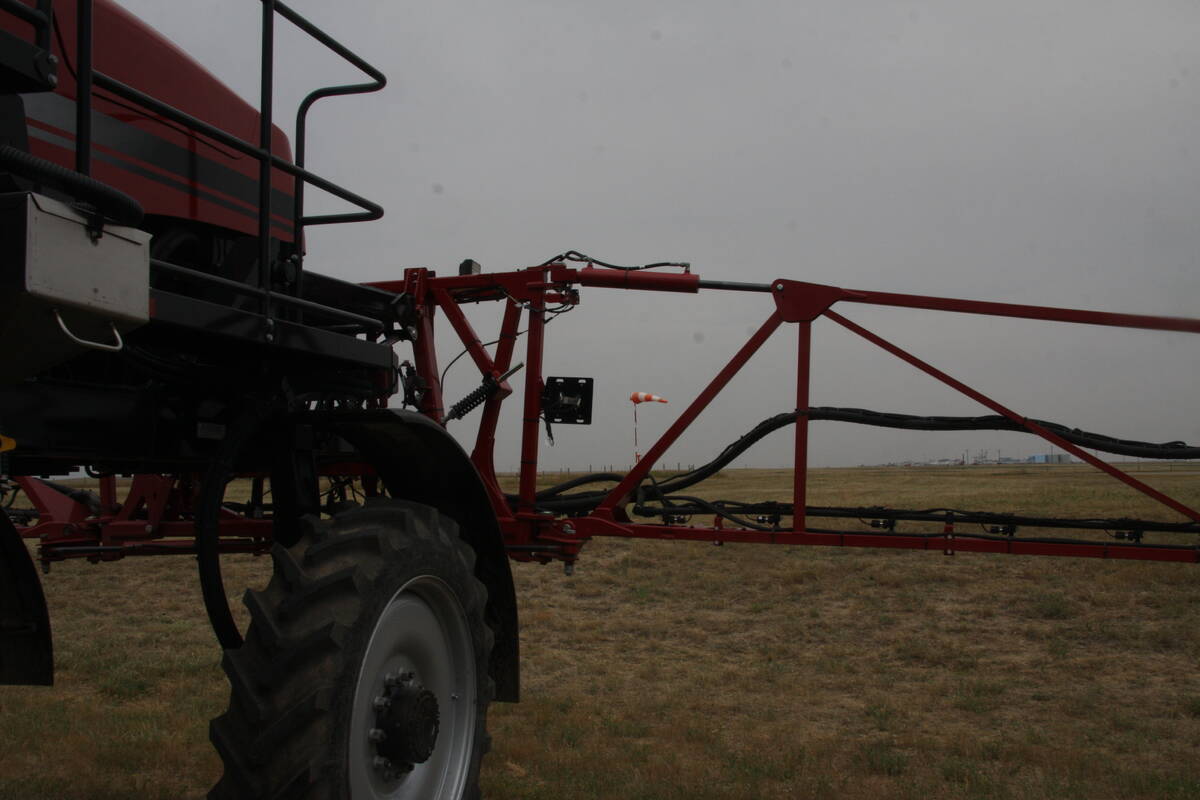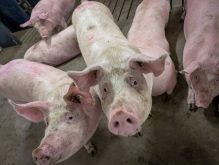Canadian producers see an open border for all livestock as positive, but they have questions about identification requirements outlined by the United States for animals other than beef cattle.
Llamas and alpacas, deer, elk and reindeer may move freely as of March 7, while sheep and goats younger than 12 months are permitted with proper identification and health-of-animals certification.
A case of BSE in an Alberta cow announced in May 2003 led to a trade ban on all ruminants, even though producers of other species argued against the embargo.
Read Also

More work wanted on removing red tape
REGINA — Canadian farmers risk falling further behind competitors if two main federal agencies don’t become more efficient and responsive…
“We should never have been thrust into this thing in the first place,” said bison producer Mark Silzer of Humboldt, Sask.
Before the BSE discovery in 2003, the bison industry was beginning to recover from a cycle of low prices, overproduction and prairie drought. The BSE fallout left the industry scrambling for processing facilities to ship boneless meat.
Boneless meat shipments processed at three small Canadian plants were shipped because the European Union did not ban Canadian bison. But the EU-approved Northwest Packers plant was destroyed in a fire last year and the bison industry lost its access to overseas markets.
“We didn’t realize at that point in time. No one realized it would be this bad,” said Silzer, president of the Canadian Bison Association.
Needs clarification
Under the new U.S. rules, bison must wear ear tags and carry permanent identification visible up to the time of skinning. Bison are not typically branded, so the association wants clarification on the ID requirement.
If the animals go direct to slaughter from a Canadian farm they may not have to be branded, but feeder animals must. To get around that, Silzer expects American producers will feed young animals in Canada and export them for slaughter to the United States.
The new rule leaves sheep and goat producers also looking for clarification and continued hope for a supplementary rule to export breeding stock.
Canadian goat producers had developed several strong niche markets in California, New York and New Jersey for live animals, said Ann Marie Hauck, a Cochrane, Alta., producer and chair of the Canadian Goat Federation.
Another concern is identification. The rule states sheep and goats need to carry a C brand on the right hip.
A national traceability program for goats is in the works. Tag trials start in the first part of 2005 and could take 18 months for regulatory change.
Floyd Williams, chair of the Alberta Sheep and Wool Commission, said the rule is a move in the right direction.
“It’s late coming to us but it sounds like there is some light at the end of the tunnel,” he said. He owns a lamb feedlot south of Calgary.
Williams said there are many ways to identify animals and he believes a tattoo should be sufficient. Exported sheep would also require an ear tag.
However, he said few Canadian lambs would be ready for export because of the age restriction of younger than12 months and the heavier market weight of up to 140 pounds favoured in the U.S.
“The only way you can hit the American weights they require at 12 months of age is to start a lamb on feed practically weeks after it has been born and pushing that lamb fairly steady. There is no room in that market for a pasture lamb.”
Llama and alpacas were also caught in the ban even though producers on both sides of the border argued these animals are not susceptible to BSE.
“This is big news. It sounds as if all is clear,” said llama breeder Sue Wilde from Raymond, Alta.

















